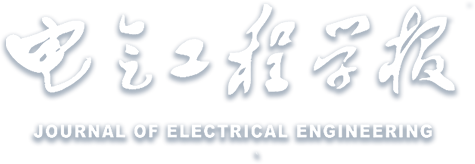Abstract:
Battery balancing has become a research hotspot in the field of new energy vehicles, in which active balancing is the main research direction. In order to speed up the equalization speed of the battery pack, based on the two-circuit interleaved parallel architecture for battery charge equalization, the equalization unit is equaled through grading control strategy, so as to keep the equalization current at a high level. The equalization model of 8 batteries is built and simulated in Simulink, and the initial SOC value is set to three different cases respectively. The experimental results show that under the first SOC initial value condition, the two-circuit interleaved parallel architecture for battery charge equalization takes 992.57 s to complete the equalization, while the improved equalization topology takes 655.01 s to complete the equalization, and the equalization time is reduced by 34%. Under the second SOC initial value condition, the two-circuit interleaved parallel architecture for battery charge equalization takes 226.52 s to complete the equalization, while the improved equalization topology takes 121.54 s to complete the equalization, and the equalization time is reduced by 46%. Under the third SOC initial value condition, the two-circuit interleaved parallel architecture for battery charge equalization takes 197.24 s to complete the equalization, while the improved equalization topology takes 82.34 s to complete the equalization, and the equalization time is reduced by 58%. It shows that the improved equalization topology can effectively improve the equalization speed.


 下载:
下载: